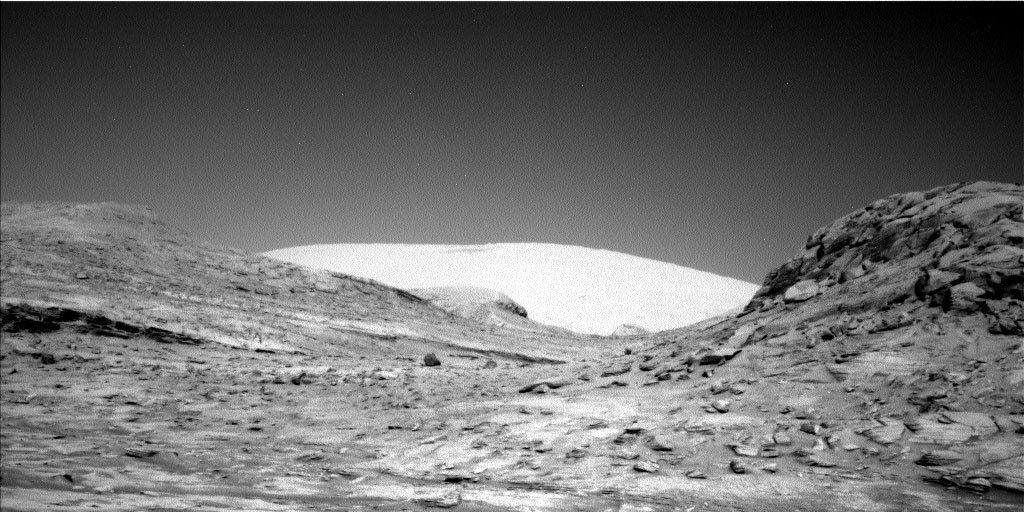2 min read

On Monday, the team uplinked an eleven-sol plan that will take us through the end of December. Today is the last planning day of 2021, and the plan will cover sols 3344 through 3346: the first few days of 2022 and the beginning of the rover’s sixth Mars year on the surface!
We’ll start off with a Mastcam panorama of one of the spectacular buttes visible from our current location, followed by ChemCam on the vein target “Unst Ophiolite” and a long distance RMI mosaic of Gediz Valles ridge. After that, Navcam will spend some time watching for dust devils.
Later in the day on sol 3344, we have another short science block with just enough time for a Mastcam panorama of some nice layers in the target “Port Logan” and routine “clast survey” images near the rover’s wheels with both Mastcam and MARDI. That is followed by some MAHLI images and APXS observations of the target “Maes Howe.” APXS will also do an overnight measurement of the amount of argon in the atmosphere.
On Sol 3345, we’ll start off with some more Navcam dust devil observations and measurements with Navcam and Mastcam to measure atmospheric dust. Mastcam will then take a mosaic of the target Unst Ophiolite, and stereo images of the targets “Achinduich” and “Achriesgill.” Next up is ChemCam with a LIBS observation of the target “Maes Howe,” followed by a Mastcam multispectral observation of the same target.
We’ll then drive for a bit and collect post-drive imaging, including another Mastcam and MARDI clast survey. After the drive, Navcam has several atmospheric observations, watching for clouds and cloud shadows, and measuring the “phase function” of the sky – essentially how the brightness of the sky varies with angle from the sun.
On Sol 3346, the rover’s AEGIS software will pick a target to analyze with ChemCam LIBS, and Navcam will make some more atmospheric observations to watch for dust devils. The plan ends with the early morning of Sol 3347, when Navcam will watch for clouds again, and Navcam and Mastcam will measure the amount of dust in the atmosphere.
It should be a busy few sols, and a great start to the new year!
Written by Ryan Anderson, Planetary Geologist at USGS Astrogeology Science Center







